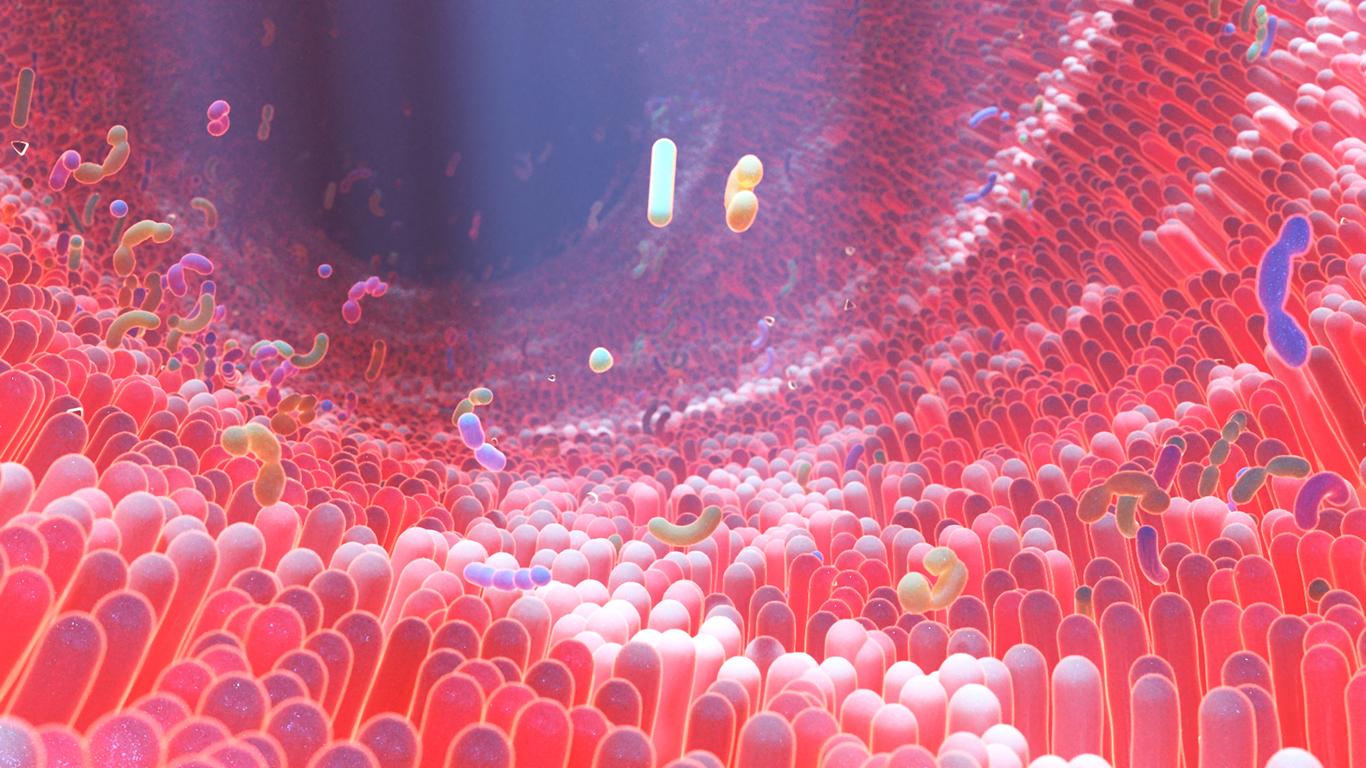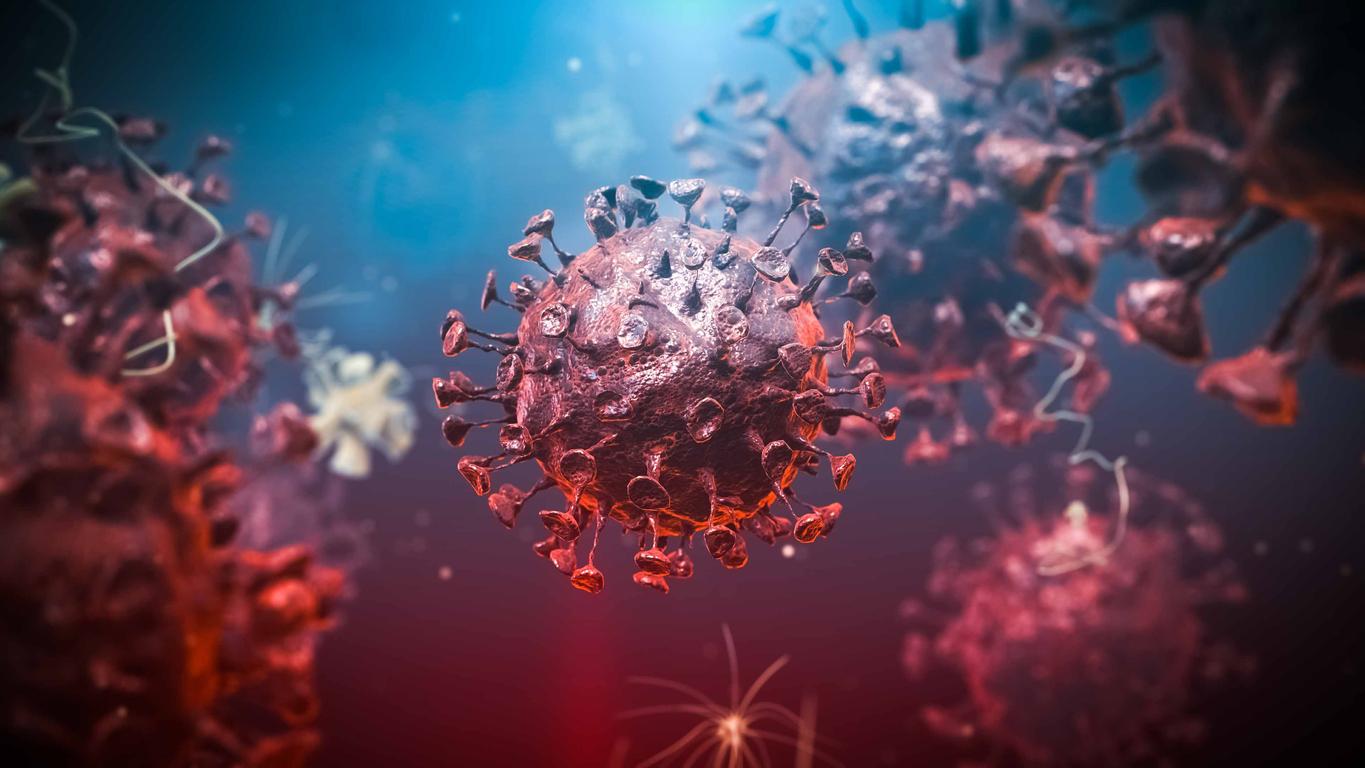
Itching, pain and discharge
All kinds of bacteria and fungi live in a healthy vagina. As long as these balance each other out, there’s nothing to worry about. If a certain fungus predominates, you will get a fungal infection. How can you recognize such a vaginal yeast infection?
Most often, the Candida albicans fungus is the cause of a vaginal yeast infection, which is why it is also called candida called. It is a common ailment: about three quarters of women have suffered from it at some point.
Altered Secretion
Vaginal discharge is normally liquid, clear and whitish. When it dries, it turns yellowish. It may be odorless or smell slightly sour. It is impossible to indicate what a normal amount of secretion is, one simply has more secretion than the other. Do you suddenly have a lot more or less secretion or does it change its smell or color? Then you could have a fungus or inflammation.
With a candida fungal infection you get a white, sometimes crumbly discharge that does not have a strong smell. The bacterium Gardnerella, the cause of vaginosis or vaginitis, causes grey-white, foul-smelling discharge. Even if you suffer from the trichomonas bacteria, the discharge smells unpleasant and has a greenish-yellow color.
Itch
A vaginal yeast infection often also causes considerable itching. Some women only have itching internally, with others the skin around the vagina and labia also itches. Try not to scratch or rub, as this can further damage the delicate skin.
Pain
The yeast infection irritates the skin in and around the vagina. The labia and vagina may become red, swell and feel burning. pee and making out can be painful.
Doubts
If you have had a yeast infection before, you will immediately recognize the symptoms if you have a yeast infection again. You don’t have to have all the symptoms listed, some women don’t notice much of a yeast infection.
If your symptoms do not go away and you are not sure what is going on, please contact your doctor. Based on the description of your problems, this often knows whether there is a vaginal yeast infection. When in doubt, the doctor can easily see under the microscope whether there is a fungus in the discharge.















